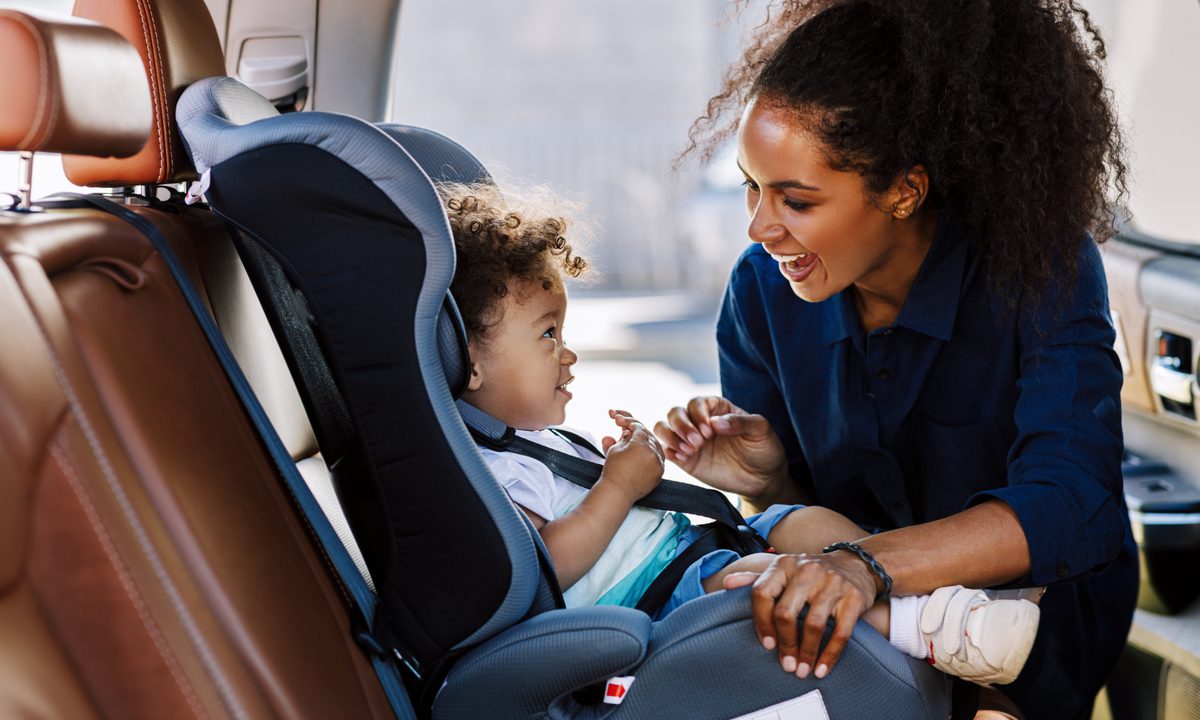
Toyota is developing technology to help prevent heatstroke deaths that can happen when children or pets are left behind in a parked vehicle or climb inside an unattended vehicle and get stuck.
Toyota Connected North America (TCNA) announced Tuesday (May 31) that it is testing a concept technology that helps detect occupants and then alerts the driver or passersby of their presence when the driver has left the vehicle.
“We are extremely proud of our efforts to take this idea from the drawing board to a full-blown concept, and, hopefully, developing a technology that has the potential to save lives,” TCNA CEO and President Zack Hicks said in a press release announcing the concept.
Deploying Sensors, Lights and Text Messages
The Cabin Awareness concept is mounted out of sight above a vehicle’s headliner, and it uses millimeter-wave, high-resolution 4D imaging radar that can detect micromovements — including even a heartbeat or a breath — throughout the interior of the vehicle. TCNA said it can even detect life under a blanket.
“With the precision of these sensors, we’re designing Cabin Awareness with the aim of reducing false positives and false negatives,” Simon Roberts, managing engineer at TCNA, said in the release.
If it detects an occupant as the driver is leaving the vehicle, the current concept helps alert the driver to check the vehicle by first setting off a warning light on the instrument cluster, then honking the horn and flashing the emergency lights. After that, the concept may send notifications to the owner through the Toyota app as well as text messages.
Other possible notifications could go to smart home devices, to designated emergency contacts or to first responders.
Anticipating Use Cases in Autonomous Vehicles
The technology could also have applications in future autonomous vehicles, such as notifying parents when a child has completed their ride or having the vehicle wait at a stop if it senses someone is still in the vehicle, TCNA said.
The concept is currently being tested in prototype vehicles.
Other automotive suppliers have pointed to a variety of use cases for the cabin monitoring technologies that they are developing.
Read more: Connected Cars Get Smart by Anticipating Driver Needs
For example, Smart Eye said its system that uses cameras and artificial intelligence (AI) can alert drivers if they are driving dangerously, adjust the seats and other preferences based on who’s driving and enable drivers to adjust the volume of the media system by looking at it.
Gentex Corporation said its system that combines a camera with technology that allows it to assess behavior, gestures and activity can determine if the driver is distracted or drowsy and, in the case of semi-autonomous vehicles, decide whether the driver is ready for the return of manual control.
Valeo offers a combination of technologies that could be used to activate child locks when a child is detected on the rear seat, activate personal settings after identifying the driver, alert the driver when they take their eyes off the road and — like the TCNA concept — notify the driver if they’ve left a child behind when leaving a parked car.